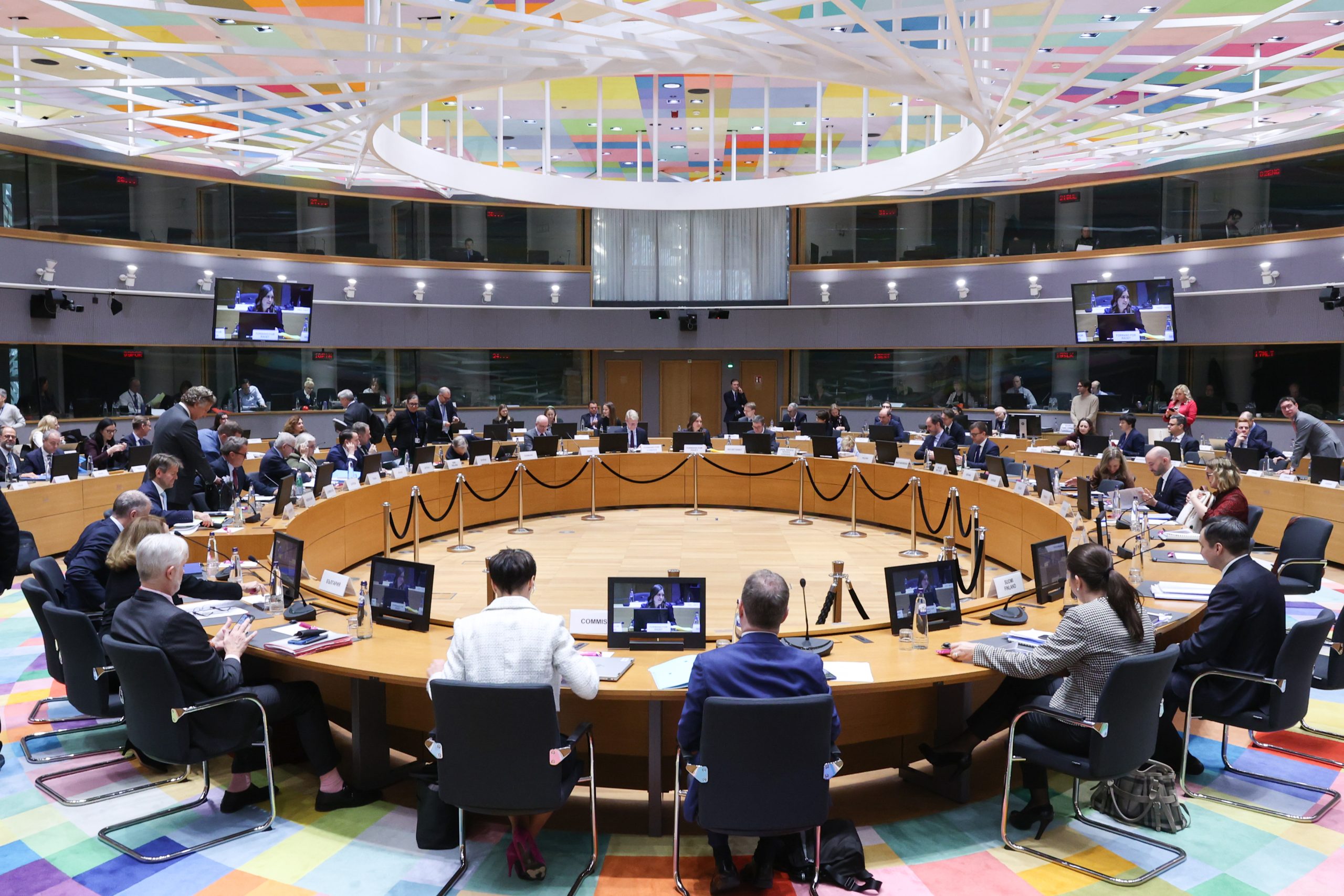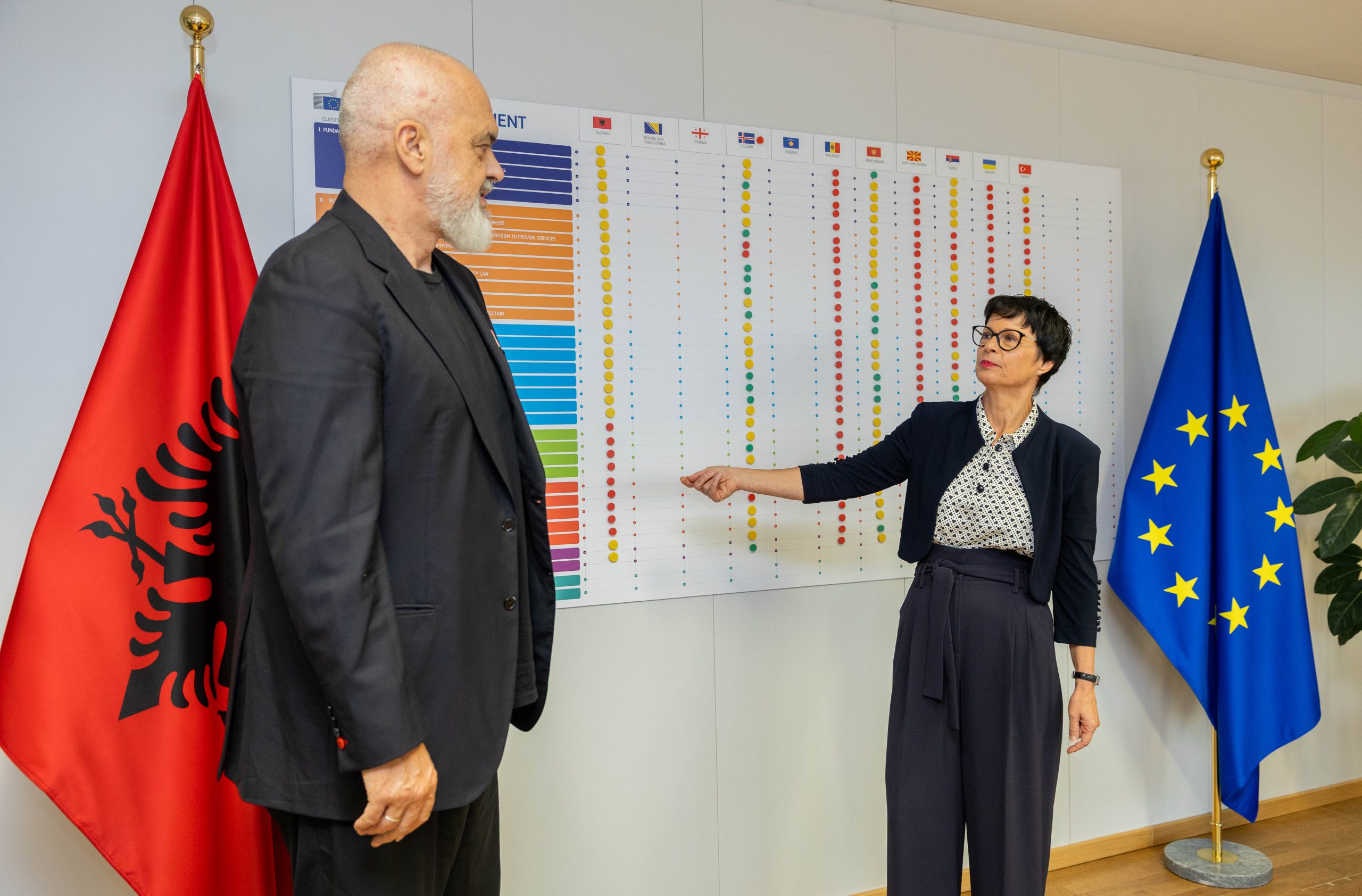BRUSSELS – “Economic activity reaccelerated in the Western Balkans in the third quarter of 2019, with annual real GDP growth averaging 4.1% for the region, up from 2.9% in the previous three months”, states the EU Candidate Countries’ and Potential Candidates’ Economic Quarterly Report. The report, covering the last quarter of 2019, was released by the European Commission’s Directorate‑General for Economic and Financial Affairs on Tuesday.
Even though the 4.1% real GDP growth represents the highest rate in more than a year, the pace of growth was still lower than in early 2018, as a result of four consecutive quarters of slowing economic activity, it is stressed in the report.
The improvement was largely driven by a pick-up in GDP growth in Serbia, the largest economy in the region.
Serbia recorded the largest acceleration of annual GDP growth, to 4.8% from 2.9% in the previous quarter, mainly on the back of a strong increase in investment while private and public consumption continued supporting growth.
In Montenegro, the annual output growth strengthened to 4.7 percent, with economic expansion largely being driven by household consumption, boosted by strong tourism performance.
Albania where, alike in Montenegro, private consumption was the main growth driver, coupled with a positive contribution of net exports and recorded an output growth to 3.8 percent.
Kosovo‘s real GDP expanded at a robust rate of 4.4% in the third quarter, driven by domestic demand and a positive contribution of net exports.
A slight acceleration to 3.6%, up from 3.4% was recorded in North Macedonia in the second quarter, driven by all domestic demand components and a strong rebound in investment.
The economy in Bosnia and Herzegovina kept the same 2.6% annual growth output rate as in the preceding quarter, relying on household consumption and investment.
The reports stress that the growth has led to further job creation in the Western Balkan countries.
While in Serbia, Albania and Montenegro job creation decelerated in comparison to the previous quarter of 2019, it accelerated in Kosovo and remained robust in North Macedonia.
With jobless rates ranging from 9.5% in Serbia to 24.5% in Kosovo, there remains a need to further improve labor market outcomes, concludes the report.









